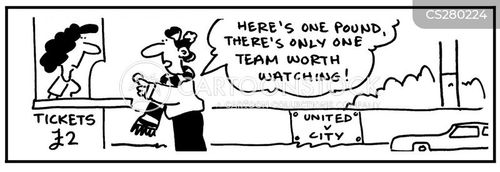A few weeks ago, I received an email (which was sent to all UK employees) from the UK Human Resources department. I work for a large multinational company, and it's not uncommon to get a standard email reminding employees to check their pension contributions, their benefits package for the year or whatever. None of these usually apply to me, but this latest one did. To paraphrase:
The UK government's immigration compliance regulations require all employers to have proof of "Right to Work" documentation for all employees. This means that we'd like to collect up-to-date copies of this documentation for all colleagues in the UK who joined the company before April 2016. This usually means your passport, but it could be an alternative form of ID. We need to see the original passport (or similar), so you must present it in person to a team manager or member of the Human Resources team. We are setting up dedicated times at each of our UK offices for you to attend the most convenient for you.
I work from home, in Stoke-on-Trent, which is over 100 miles from the nearest office, so I needed to plan a day away from my own usual 'office' and a trip to the most convenient for me. Although it's not the closest, the London office is the easiest to get to (just 90 minutes on the train from Stoke to London Euston), so I booked the morning - and most of the afternoon - away from my desk, and made the 300+ miles round trip to London less than a week later.
The UK government's immigration compliance regulations require all employers to have proof of "Right to Work" documentation for all employees. This means that we'd like to collect up-to-date copies of this documentation for all colleagues in the UK who joined the company before April 2016. This usually means your passport, but it could be an alternative form of ID. We need to see the original passport (or similar), so you must present it in person to a team manager or member of the Human Resources team. We are setting up dedicated times at each of our UK offices for you to attend the most convenient for you.
I work from home, in Stoke-on-Trent, which is over 100 miles from the nearest office, so I needed to plan a day away from my own usual 'office' and a trip to the most convenient for me. Although it's not the closest, the London office is the easiest to get to (just 90 minutes on the train from Stoke to London Euston), so I booked the morning - and most of the afternoon - away from my desk, and made the 300+ miles round trip to London less than a week later.
 |
| Oxford Street, London, late October 2016 (my picture) |
Being asked to make a compulsory journey for the benefit of central government reminded me of another journey, which many people will find very familiar:
And it came to pass in those days, that there went out a decree from Caesar Augustus, that all the world should be taxed. (And this taxing was first made when Cyrenius was governor of Syria.) And all went to be taxed, every one into his own city. And Joseph also went up from Galilee, out of the city of Nazareth, into Judaea, unto the city of David, which is called Bethlehem; (because he was of the house and lineage of David) to be taxed with Mary his espoused wife, being great with child. (Luke 2:1-5, King James Bible)
Now, I can't say for certain, but I'm fairly sure that the government's immigration compliance regulations are probably related to making sure they collect their tax. So, if you think covering 100 miles or more to get registered to pay tax is a strange or unrealistic event - and only happened in the first century AD - you might want to think again.
And it came to pass in those days, that there went out a decree from Caesar Augustus, that all the world should be taxed. (And this taxing was first made when Cyrenius was governor of Syria.) And all went to be taxed, every one into his own city. And Joseph also went up from Galilee, out of the city of Nazareth, into Judaea, unto the city of David, which is called Bethlehem; (because he was of the house and lineage of David) to be taxed with Mary his espoused wife, being great with child. (Luke 2:1-5, King James Bible)
Now, I can't say for certain, but I'm fairly sure that the government's immigration compliance regulations are probably related to making sure they collect their tax. So, if you think covering 100 miles or more to get registered to pay tax is a strange or unrealistic event - and only happened in the first century AD - you might want to think again.
Other articles I've written based on Biblical principles
10 things I learned from not quite reading the Bible in a year
Advent and a Trip to London
Advent: Names and Titles
Reading Matthew 1
My reading of Matthew 2
The Parable of the 99 Sheep














